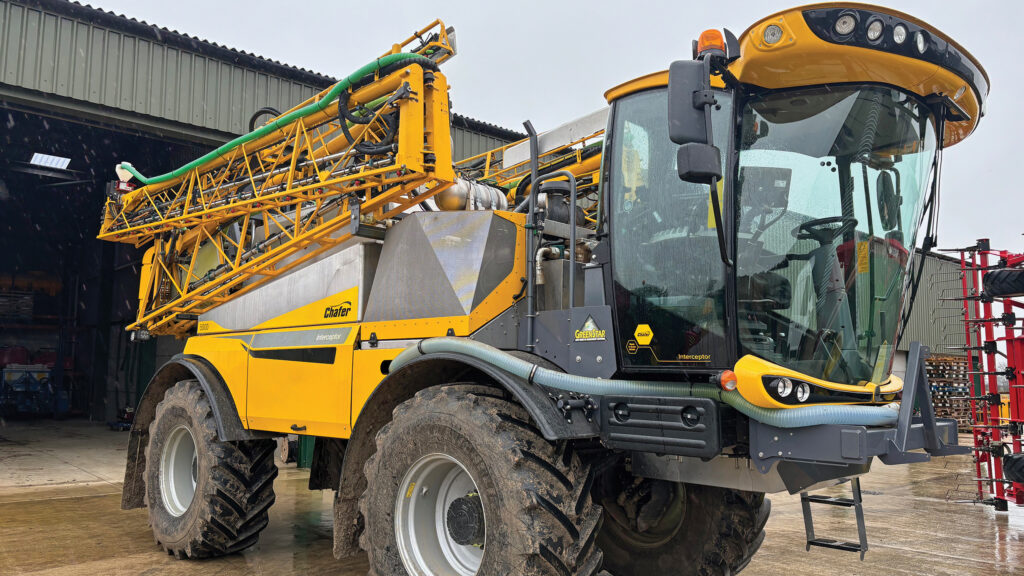Sprayer manufacturer Chafer in financial difficulties
 © James Andrews
© James Andrews Lincolnshire-based sprayer and applicator manufacturer Chafer Machinery – which trades as Chafer and Horstine – has filed a “notice of intention” to appoint administrators, raising doubts about the company’s financial security.
As part of that process, corporate restructuring firm Leonard Curtis is engaged in a 10-day review period.
It will assess the current financial situation, invite potential creditors to come forward, and advise on the next course of action, which is likely to involve full administration.
See also: Mass redundancies as Rea Valley Tractors enters administration
The last set of accounts, lodged at Companies House on 24 April and covering the 12 months to 30 September 2024, showed the company employing 43 people, with net assets of more than £1.6m.
At the time, it also owed creditors more than £2.4m.
Profit and loss figures are not included, though the accounts do state the company “made a pre-tax profit” and “maintained strong reserves” in 2024.
This followed years of financial losses in 2022 and 2023.
Professional advice
A statement on Chafer Machinery’s website reads: “Chafer Machinery are currently seeking professional financial advice over the future of the business.
“Whilst we undertake this process, we would request customers and suppliers with urgent queries please contact Leonard Curtis.”
A spokesman for Leonard Curtis said the company is keen to hear from potential creditors who can call 0114 285 9500.
Established in 1901, Chafer and Horstine manufactures a wide range of self-propelled and trailed sprayers and precision granular applicators, as well as de-icing machines.
The move to appoint administrators is a sign of the continuing financial pressure affecting the agricultural machinery sector.
Last month, Midlands-based dealer Rea Valley Tractors was placed into administration with the loss of 149 jobs across seven branches.
Latest figures from the Agricultural Engineers Association show that new tractor registrations are still 14% down on year ago levels.
High horsepower tractors, as favoured by the arable sector, show the greatest declines.
